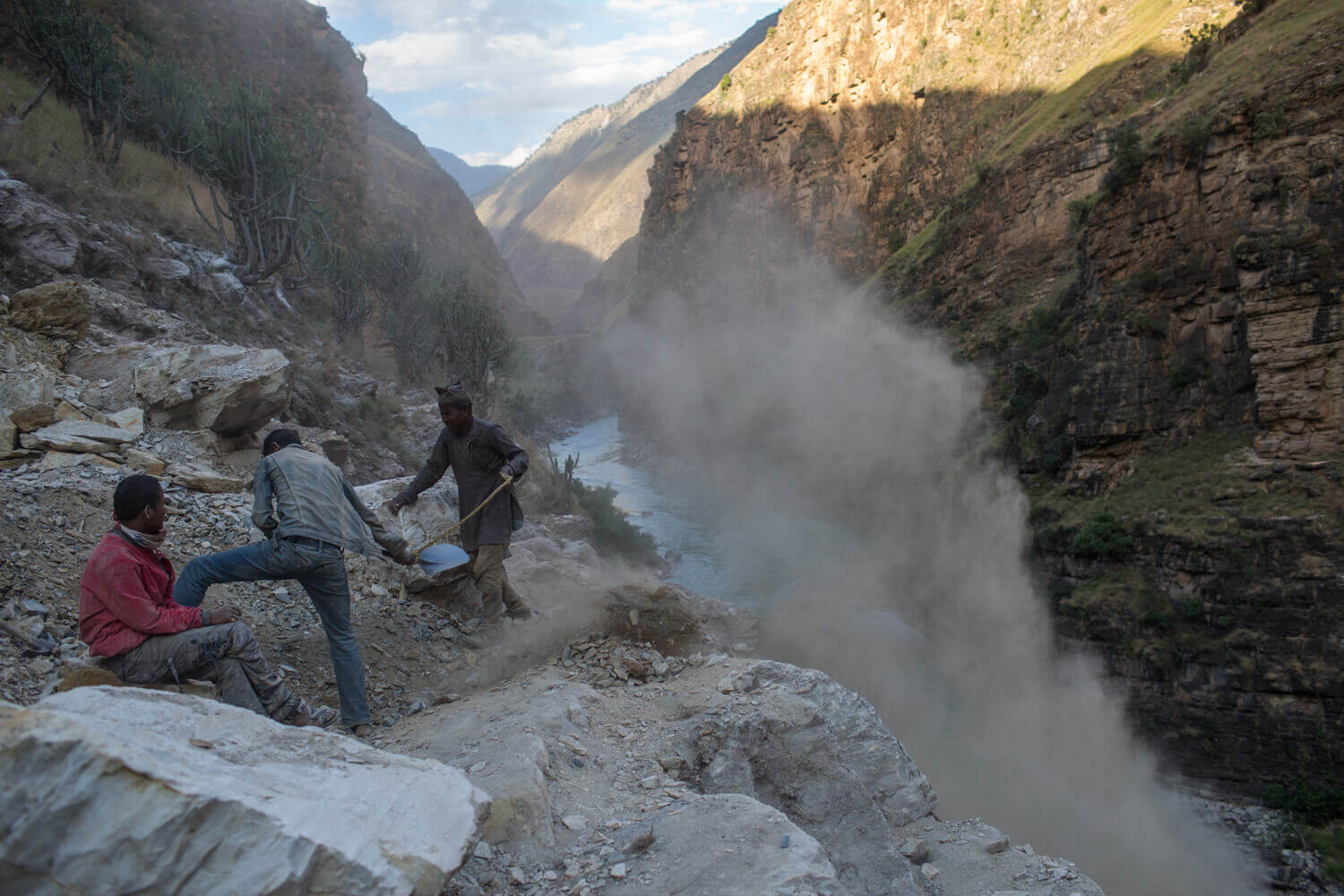Nepal ranks as one of the most climate-vulnerable countries in the world and is highly exposed to a range of water-related hazards such as floods, droughts, and landslides. These hazards are often triggered by rapid snow- and ice melt in the mountains and extreme, torrential rainfall episodes in the foothills during the monsoon season. The estimated costs of such events have been large, equivalent to approximately 1.5 percent of current GDP per year. Despite growing urbanization, 83 percent of Nepal’s population of 28 million live in rural areas. Agriculture provides a livelihood for almost two-thirds of the population and accounts for 33 percent of Nepal’s GDP ($21 billion). Millions of Nepalese are estimated to be at risk from the impacts of climate change including reductions in agricultural production, food insecurity, strained water resources, loss of forests and biodiversity as well as damaged infrastructure.
Climate resilience is the ability to anticipate, prepare for, and respond to hazardous events, trends, or disturbances related to climate. Improving climate resilience involves assessing how climate change will create new, or alter current, climate-related risks, and taking steps to better cope with these risks. There are a wide-ranging set of strategies for building climate resilience in Nepal. These include the promotion of climate-smart agricultural practices to protect crops and livestock against changing conditions (e.g., drought and heavy rains); providing improved climate and weather information (e.g., SMS early warning systems in advance of floods), designing and operating infrastructure to account for changing weather conditions (e.g., adapting hydropower for changes in hydrological regimes) and making insurance products available.
